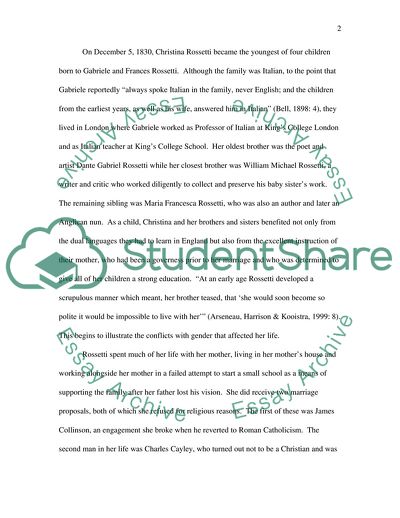Cite this document
(The Relationship Between Sisters Book Report/Review, n.d.)
The Relationship Between Sisters Book Report/Review. Retrieved from https://studentshare.org/literature/1710487-comparecontrast-realtionships-between-sisters-in-christina-rossettis-goblin-market-and-sister-maude
The Relationship Between Sisters Book Report/Review. Retrieved from https://studentshare.org/literature/1710487-comparecontrast-realtionships-between-sisters-in-christina-rossettis-goblin-market-and-sister-maude
(The Relationship Between Sisters Book Report/Review)
The Relationship Between Sisters Book Report/Review. https://studentshare.org/literature/1710487-comparecontrast-realtionships-between-sisters-in-christina-rossettis-goblin-market-and-sister-maude.
The Relationship Between Sisters Book Report/Review. https://studentshare.org/literature/1710487-comparecontrast-realtionships-between-sisters-in-christina-rossettis-goblin-market-and-sister-maude.
“The Relationship Between Sisters Book Report/Review”. https://studentshare.org/literature/1710487-comparecontrast-realtionships-between-sisters-in-christina-rossettis-goblin-market-and-sister-maude.


